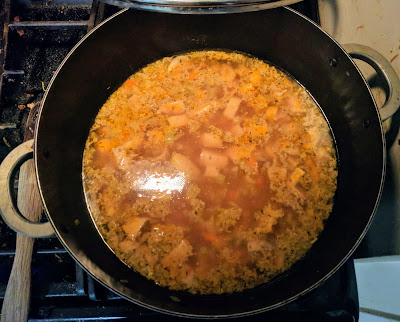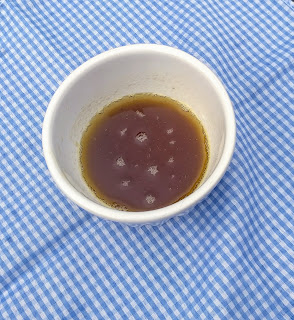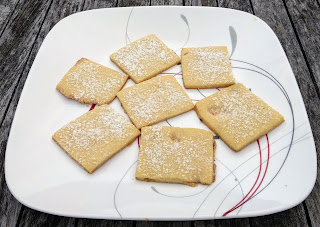Longevity Noodles
In Cantha, these noodles have a long and storied history and are deeply traditional. In Tyria, they are simply one of the many tasty dishes often found at festivals and celebrations. They are especially popular in Rata Sum and, to a lesser extent, Lion's Arch.
1 If you don't have any hard white flour, you can approximate it by adding a bit of gluten flour to some all-purpose flour. I used 275g of AP flour + 25g of gluten flour for my noodles. Back
Longevity Noodles
Ingredients
- 300g hard (strong/high grade/bread) white flour1
- 1/4 tsp. coarse sea salt
- 150mL water
- 4-5 Tbsp. Sesame-Ginger Sauce
- 2 green onions, sliced
Directions
- Combine flour and salt and stir to mix.
- Drizzle in half the water and mix well.
- After a minute or so, drizzle in the remaining water and mix it in.
- Turn out the dough and knead it for 10-15 mintues.
- If your flour/climate is very dry, then you might find you need a tiny bit more water, but be very cautious with this. The dough should be very stiff and if you add too much water it will ruin the texture of the noodles. If you think it needs more water, do it by wetting one hand and adding just a few drops!
- Shape the dough into a ball and cover it with an upside down bowl. Set aside for 30 minutes.
- While the dough is resting, prepare the sauce.
- Once the dough has rested for half an hour, uncover it and knead it a few more strokes. It should be smooth and stretchy, but still very stiff.
- Divide the dough in half. Cover one portion while you work with the other.
- Roll the dough out on a well-floured surface. It will take a bit of elbow grease, but try to roll it to a thickness of 1-2mm.
- Flour the dough on both sides and fold it in half. Then fold it over again, parallel to the first fold.
- Now cut your noodles. You can make them as wide or as skinny as you like. I like to go for something in the 3-4mm range.
- Once the noodles are cut, toss them in a bit more flour to stop them from sticking to each other.
- Bring a pot of water to a boil and add the noodles.
- Boil for 1-2 minutes, then drain.
- Toss with the sauce and top with green onions.
1 If you don't have any hard white flour, you can approximate it by adding a bit of gluten flour to some all-purpose flour. I used 275g of AP flour + 25g of gluten flour for my noodles. Back




Comments
Post a Comment